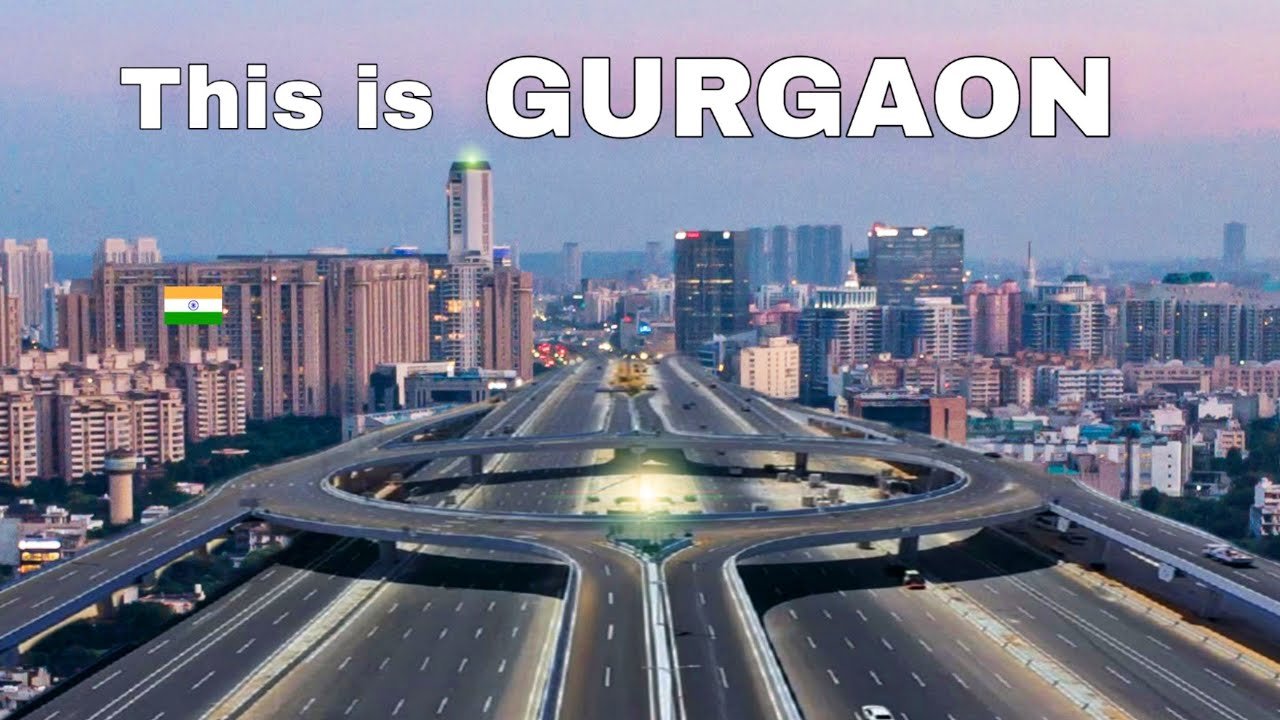
Introduction
One of India’s most alluring real estate destinations is Gurgaon, a bustling metropolis in the National Capital Region (NCR). The swift development of Gurgaon’s transportation infrastructure, such as its highways, expressways, and metro lines, has revolutionized the area and greatly increased the value of real estate. The smooth connectivity provided by these transportation networks has raised the city’s appeal to real estate investors in addition to raising the standard of living for citizens. This article explains how Gurgaon’s transportation infrastructure is boosting the city’s real estate market and identifies the main locations that will profit from these advancements.
The Impact of Transport Networks on Real Estate
More specifically in a metropolis like Gurgaon that is expanding quickly, transportation networks are essential to urban development. Gurgaon has become a popular destination for both investors and homebuyers due to the development of roads, highways, and metro lines, which has enhanced accessibility.
1. The Delhi Metro Network: Enhancing Accessibility
Gurgaon’s connectivity to the rest of the NCR has been improved as a result of Delhi Metro’s expansion. This has having an immense impact on the city’s real estate market.
Metro Connectivity: Delhi’s Yellow Line Residents and professionals now have a handy way to go to Delhi as Metro connects Gurgaon and cuts down on travel time. The metro network has grown to be a major driver of real estate demand in business hubs like Cyber City and HUDA City Centre, with stations placed strategically in these locations.
Value Increases: There has been a noticeable rise in property values in the vicinity of metro stations. A lot of growth has occurred in residential neighborhoods close to metro stations, like MG Road and Sector 29, drawing in investors looking for long-term returns.
Creation of New Residential Projects: The increased accessibility has encouraged the creation of new residential projects that provide a variety of housing alternatives, from luxurious apartments to reasonably priced homes, in neighborhoods near metro stations.
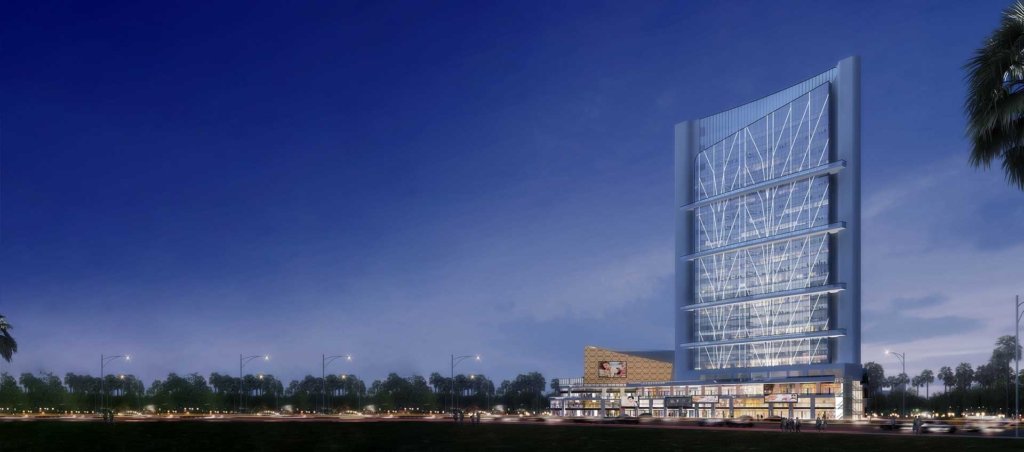
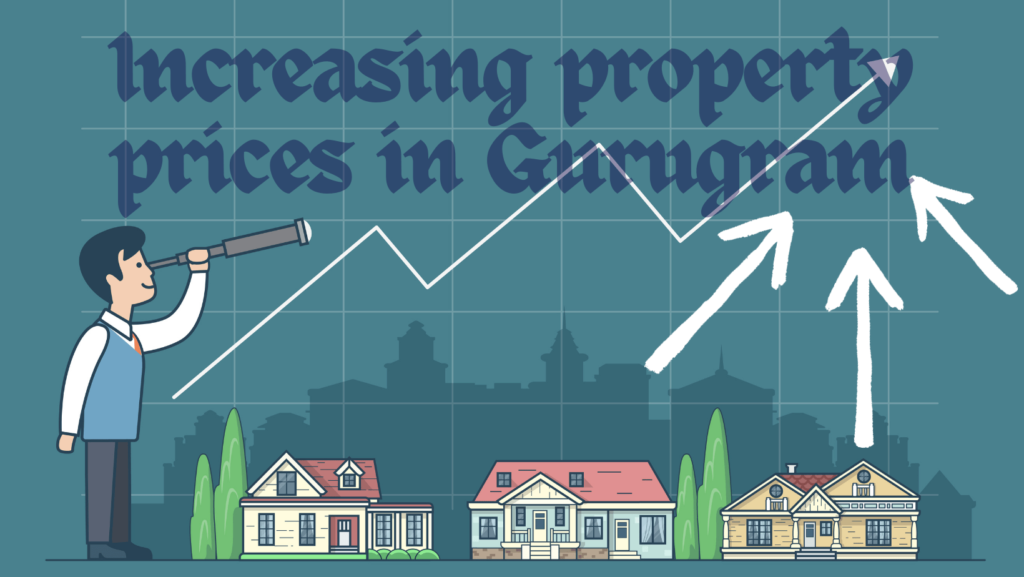

2. Highways and Expressways: Catalysts for Real Estate Growth
The development of Gurgaon’s real estate is significantly influenced by its road network, which includes expressways and highways. The development of the city has been greatly aided by important thoroughfares such as the Dwarka Expressway and the National Highway 8 (NH8).
National Highway 8 (NH8): Serving as a main route linking Jaipur and Delhi, NH8 has enabled the growth of upscale Gurgaon residential neighbourhoods. Due to their reputation for offering upmarket home alternatives, communities like Golf Course Road and DLF Phases 1 and 2 draw in wealthy individuals and investors.
The Dwarka Expressway, also known as the Northern Peripheral Road, is a significant infrastructure undertaking that is revolutionizing Gurgaon’s real estate market. By linking Dwarka in Delhi with NH8 in Gurgaon, this highway relieves traffic and gives commuters an alternate route. New residential areas with a mix of luxury and mid-range housing alternatives have emerged as a result of the construction of this road.
The Southern Peripheral Road (SPR) improves the connection between Delhi and the southern regions of Gurgaon. This highway.


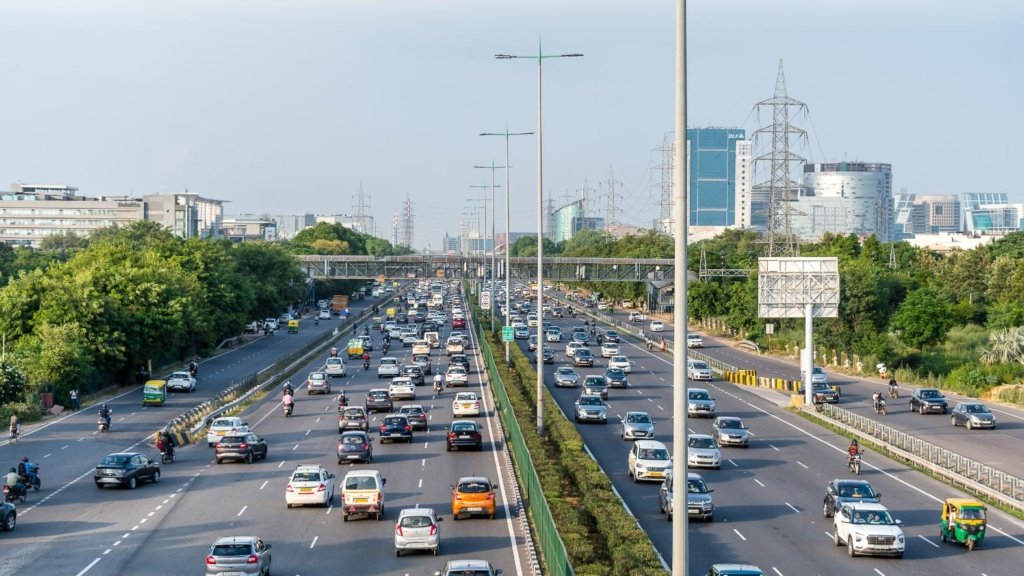
3. Rapid Transit Systems: A New Era of Connectivity
Beyond the existing road and metro systems, Gurgaon has also seen the creation of rapid transit systems, which are increasing connectivity and drive up real estate values.
Rapid Metro Gurgaon:Gurgaon’s Rapid Metro is the first privately run metro system in India, offering last-mile connectivity. Professionals’ commuting times are shortened by connecting Cyber City, a significant employment center, with residential regions. Rapid Metro’s convenience has made neighboring communities more appealing to investors and homeowners alike.
Bus Rapid Transit (BRT) System:Gurgaon’s Bus Rapid Transit (BRT) system connect major residential and commercial areas offering an effective public transportation option. By improving accessibility, this system helps people move around the city more easily and supports the expansion of the real estate industry as a whole.
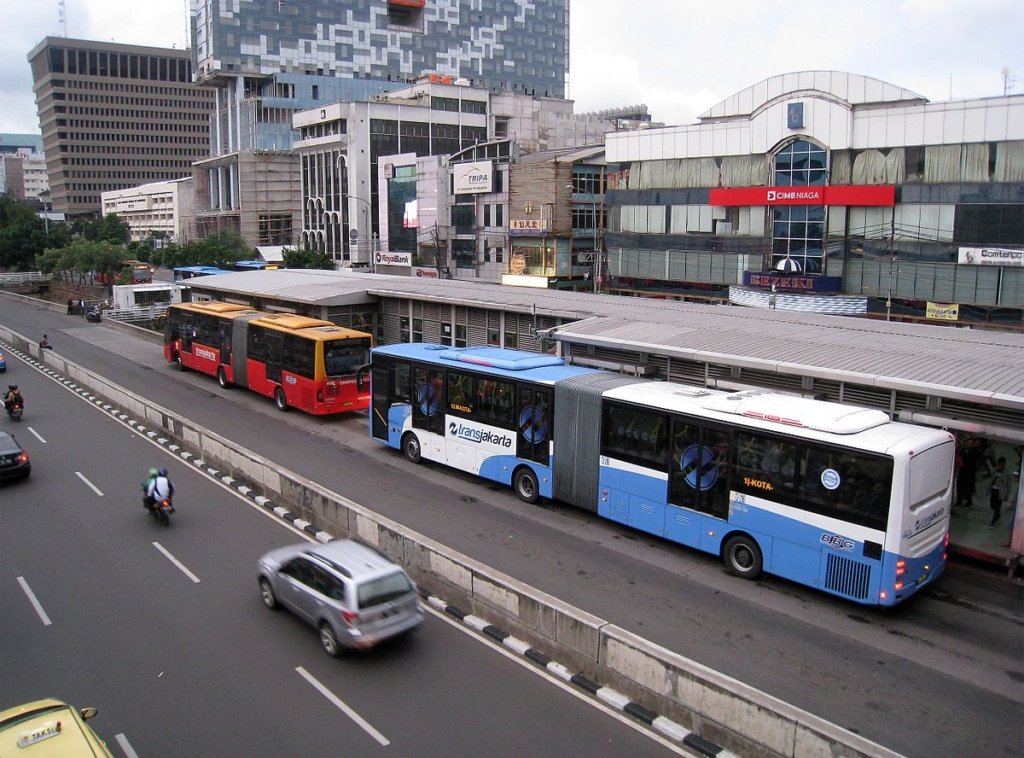

How Transport Networks Boost Real Estate Value
Gurgaon’s residential market has been greatly affected by the smart construction of transportation infrastructure. Transport networks have contributed to an increase in property values in the following significant ways:
1. Rise of New Residential Hubs
There are now new residential hubs in Gurgaon as a result of the creation of new transportation corridors. These neighborhoods provide a range of housing options to suit the needs of different buyer preferences, including luxurious apartments to affordable properties
2. Enhanced Infrastructure and Amenities
The development of Gurgaon’s necessary infrastructure and services has been pushed by the transportation networks. The increased attraction of these places is further enhanced by developers’ willingness to invest in properties that offer new services like schools, hospitals, and shopping centers.
3. Increased Investor Interest
As a result of the enhanced connectivity, investors’ interest in Gurgaon’s real estate market has grown. Property values are rising as a result of investors’ interest in holdings in locations with superior transit connectivity due to the possibility of large profits.


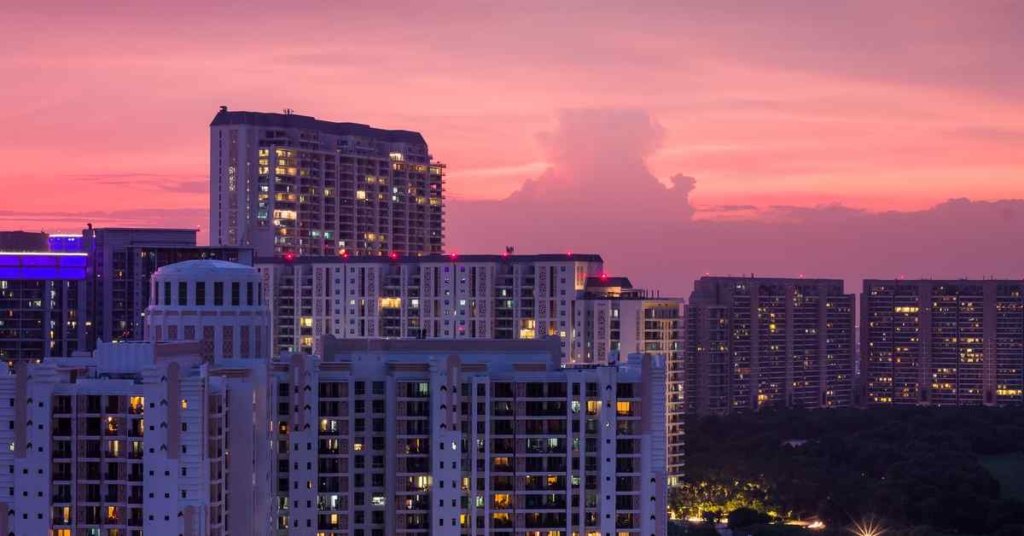
Gurgaon’s Top Expensive Areas: A Look at Real Estate Hotspots
Some of the most costly and sought-after neighborhoods in the city have emerged as a result of Gurgaon’s improved connectivity, which has also fueled the growth of the real estate market. Let’s investigate these popular real estate areas
| Area | Average Property Price (INR/sq. ft.) | Key Features |
| Golf Course Road | 15,000 – 25,000 | High-end residential projects, proximity to NH8, luxurious amenities, renowned golf courses |
| DLF Phase 1 | 12,000 – 18,000 | Upscale living, gated communities, close to major commercial hubs |
| DLF Phase 2 | 12,000 – 20,000 | Premium residences, excellent connectivity via NH8, proximity to Cyber City |
| Sohna Road | 8,000 – 15,000 | Mix of luxury and mid-range housing, enhanced connectivity via NH8 and SPR |
| Cyber City | 15,000 – 25,000 | Commercial and residential hub, proximity to Rapid Metro, prime location for corporate offices |
| MG Road | 10,000 – 16,000 | Retail and commercial centers, excellent metro connectivity, vibrant lifestyle amenities |
| Sector 57 | 8,000 – 14,000 | Emerging residential hub, affordability combined with proximity to major roads and public transport |
| Sector 65 | 9,000 – 16,000 | Well-planned residential projects, easy access to Golf Course Extension Road and Sohna Road |
| Palam Vihar | 8,000 – 14,000 | Affordable housing options, proximity to Dwarka Expressway, growing infrastructure. |
Visualizing Real Estate Trends
Let’s take a look at how property prices are distributed throughout important areas to gain a better understanding of how Gurgaon’s transportation networks affect real estate. The top neighborhoods in Gurgaon are represented in the graph below, along with their average property values per square foot.

Conclusion: The Future of Gurgaon’s Real Estate Market
The development of Gurgaon’s real estate market has surely been greatly influenced by its transportation infrastructure. Gurgaon is a desirable location for businesses, investors, and homebuyers because to the smooth connectivity provided by the metro lines, highways, and expressways. The real estate market in the city is expected to grow further as infrastructural development proceeds, offering investors in this bustling metropolis interesting and lucrative options.
Gurgaon’s developing transportation infrastructure makes it an appealing destination for prospective homebuyers looking for a well-connected suburb or for investors considering real estate investments. Gurgaon is expected to play a significant role in the Indian real estate market for many years to come because to its advantageous location, cutting-edge infrastructure, and expanding amenities.
Get in Touch with Us
FAQs
1. How does Gurgaon’s transport network impact property prices?
Gurgaon’s transportation system lowers commuting times and increases accessibility, which has a major effect on real estate prices. The greater demand from investors and homebuyers tends to drive up property values in areas with strong accessibility, such as those close to major roads and metro stations.
2.Which areas in Gurgaon are considered real estate hotspots?
Golf Course Road, DLF Phases 1 and 2, Cyber City, and Sohna Road are a few of Gurgaon’s real estate majorties. High-end properties, easy access to main thoroughfares, and superb amenities define these parts of town.
3.What role does the Delhi Metro play in Gurgaon’s real estate growth?
Gurgaon’s real estate boom is greatly supported by the Delhi Metro, which offers smooth access to Delhi and other NCR cities. Due to the increased demand for real estate close to metro stations, property values have soared and new residential developments have been developed.
4.How has the Dwarka Expressway influenced real estate in Gurgaon?
The Dwarka Expressway has improved communication between Delhi and Gurgaon, which has had a major impact on Gurgaon real estate. Property values along the expressway have improved as a result of this infrastructure project’s construction of new residential areas and increasing investor interest
5.Are there affordable housing options in Gurgaon with good connectivity?
Yes, there are several reasonably priced home alternatives in Gurgaon that are located in well-connected neighborhoods. Areas with easy access to transportation hubs and basic facilities, such as Palam Vihar, Sector 57, and Sector 65, offer reasonably priced housing options.
